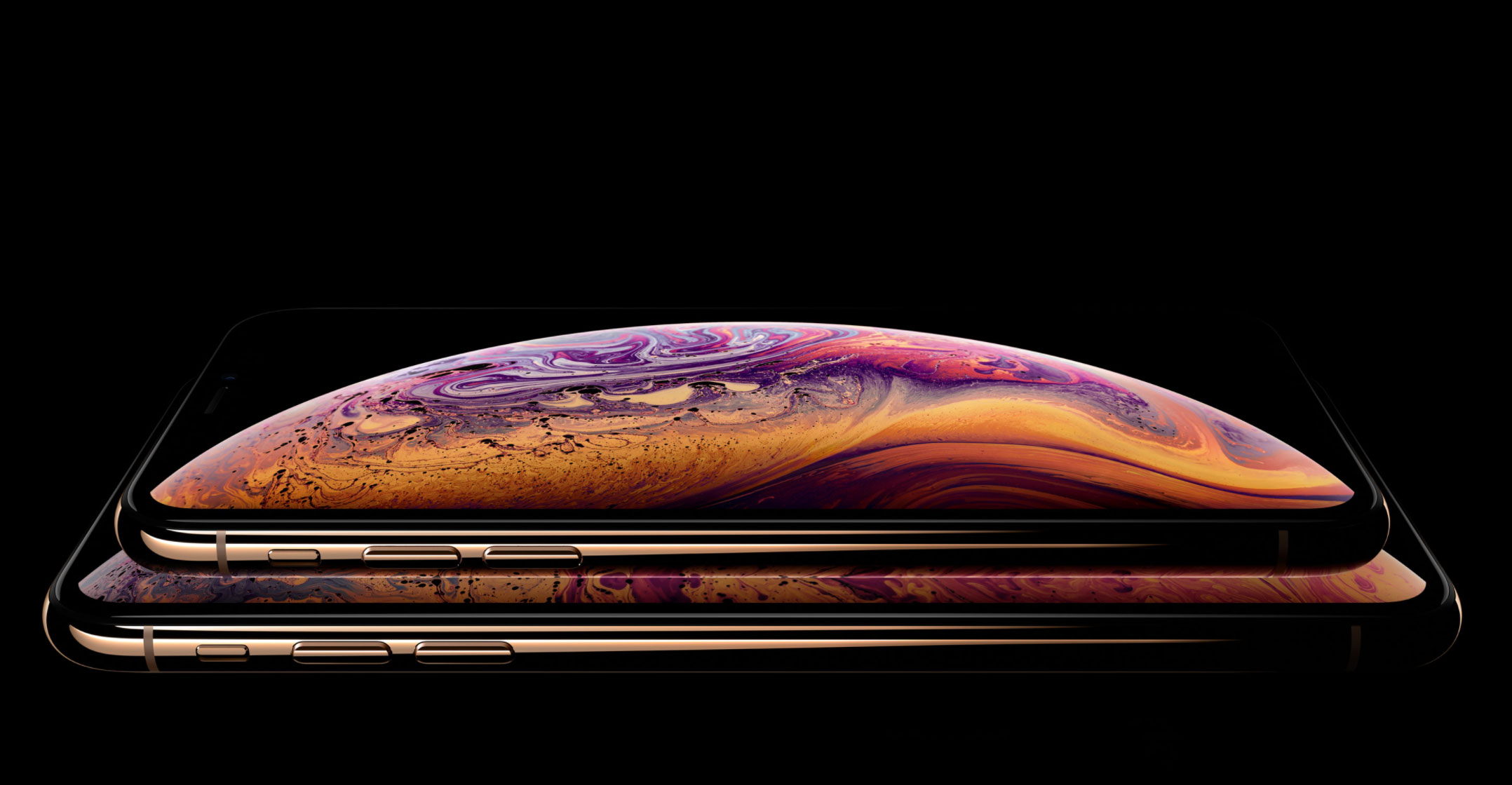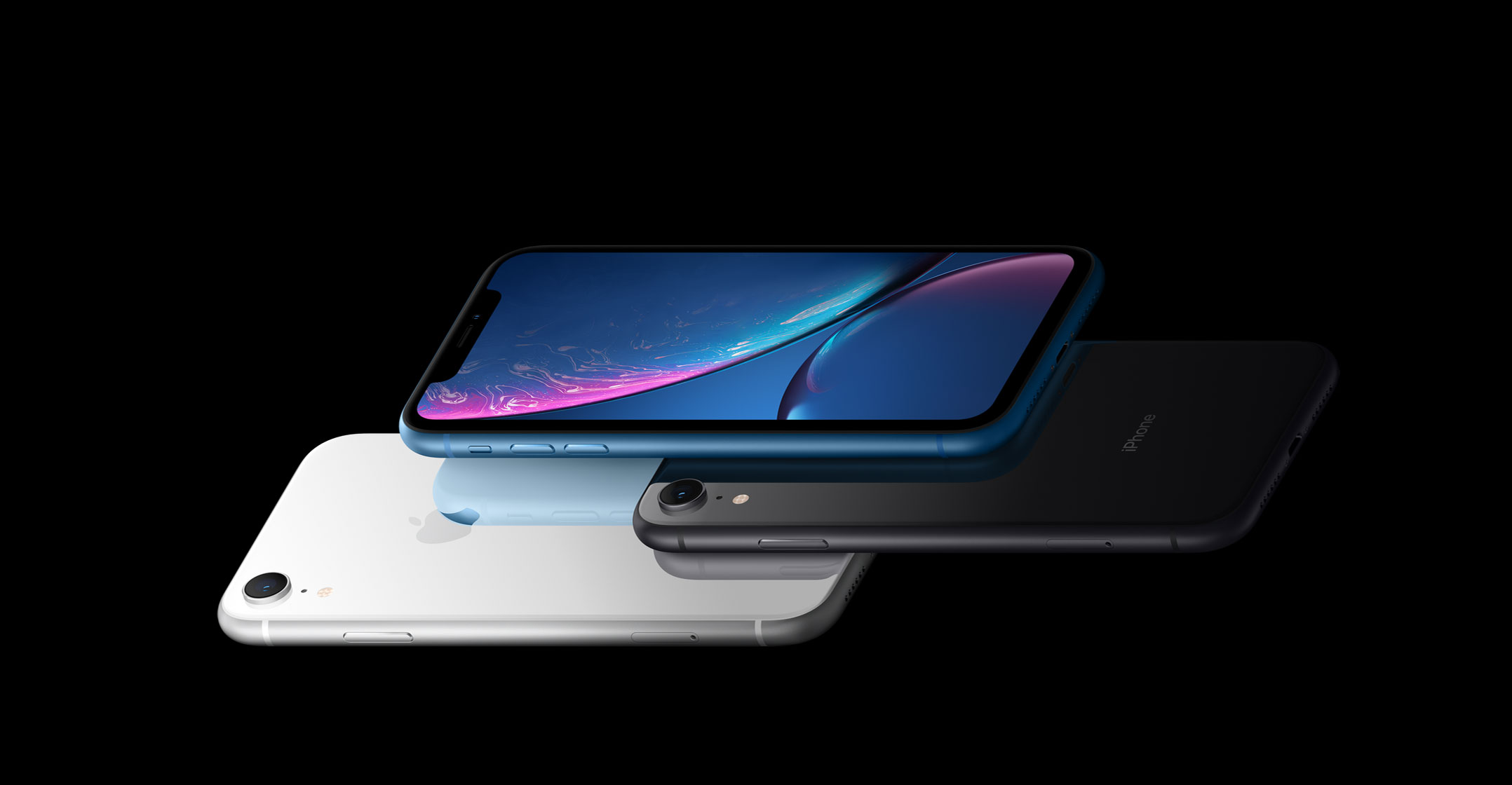
Clutch your pearls. Prepare the fainting couches. Are you ready for this bombshell? Apple actually has to try to sell its phones. How embarrassing.
Bloomberg News had a look inside the Apple empire, which has shifted some staff members to work on marketing the latest iPhone models released this fall, and the company or its partners are deploying incentives to move the merchandise. One person described the situation as a “fire drill” to Bloomberg’s Mark Gurman.
The company recently offered a US$300 discount in at least some places on its lowest-priced new iPhone with a trade-in of a two-year-old model. Wireless carriers in Japan are moving to give subsidies to boost sales of the same new iPhone. And Apple store personnel were encouraged to tout a programme with higher trade-in prices for older iPhones.
It shouldn’t be news that a company that sells consumer products is discounting merchandise or seeking to peddle its products. Even Apple is not immune to the behaviour of a typical company. It is one of the biggest spenders on television commercials to nudge people to consider buying its smartphones, Mac computers and other products. And like many consumer electronics companies, Apple has worked in the past to help subsidise the cost of iPhones or find other ways to give people a financial reason to pick Apple’s devices over those of rivals.
But at least outwardly, Apple has behaved as though the normal rules of consumer companies don’t apply. In Apple’s world, the company’s amazing products sell themselves, or at least that was the perception Apple preferred to portray to the world. The company is brilliant about product segmentation, pricing and marketing strategies, but Apple would never, ever, admit it.
Getting harder
Now it’s getting harder for Apple to pretend it’s not trying. By all accounts, sales in the smartphone market have stopped growing and may even be declining slightly despite booming demand in India and some other countries. Research firm Gartner said Monday that sales of smartphones in the third quarter crept up 1.4% from the same period in 2017.
Apple does not acknowledge the state of the smartphone market, but it’s tough to buck the trends of flat-lining consumer smartphone demand. It’s true that the company has done an impressive job persuading its fans to pay more for a product that is a price-sensitive commodity in most of the world. The recent success shows that hundreds of millions of people like Apple’s products and want to keep buying them rather than alternatives. This is a good thing for Apple in the long term.

It’s never enough, however, simply to make good products and let nature take its course. That’s doubly true given the flat smartphone market and Apple’s reliance on that market for roughly two-thirds of its annual revenue. Unless something changes — either smartphone demand perks back up or Apple releases a blockbuster new product or something else — Apple will need to keep trying harder to sell its most important product. In fact, it is trying harder already, but the company could be doing much more.
Consider what Apple has done just in the last year or so to lure more people to its iPhones and other products. The company in recent days agreed to make its digital music service available on Amazon.com’s voice-activated speakers as a way to widen the number of people who might pay for Apple Music, a relatively unusual decision for Apple, which in the past has tried to keep users locked in its own ecosystem. Apple has also done more to spur downloads of iPhone and iPad apps by, for example, writing short articles to highlight some apps people might find useful.
Think of Apple like that much-talked-about beautiful duck hanging out on a pond in New York’s Central Park. On the surface it looks as if it’s gliding effortlessly, but beneath the surface its legs are paddling like mad. There’s no shame in exerting effort to stay afloat.
In a note to investors on Monday, HSBC stock analysts wrote that it’s time for investors to “look at Apple as a stable/low revenue growth company”. The analysts are valuing Apple by assessing how much stock buyers should pay for the company’s cash flow — a method of valuation used for boring, slow-and-steady companies. Apple in fact is slow and steady — and wildly profitable and savvy. That’s all perfectly fine as long as the company and its investors admit it.
Like humans in middle age, Apple is forced to confront the reality of working harder to maintain a level of health and vitality it took for granted before. That’s life, and that’s reality for Apple’s business, too. — Reported by Shira Ovide, (c) 2018 Bloomberg LP




